SLUSAR9D December 2011 – December 2021 TPS28225-Q1
PRODUCTION DATA
- 1 Features
- 2 Applications
- 3 Description
- 4 Revision History
- 5 Pin Configuration and Functions
- 6 Specifications
- 7 Detailed Description
- 8 Application and Implementation
- 9 Power Supply Recommendations
- 10Layout
- 11Device and Documentation Support
- 12Mechanical, Packaging, and Orderable Information
Package Options
Mechanical Data (Package|Pins)
Thermal pad, mechanical data (Package|Pins)
- DRB|8
Orderable Information
8.2.3 Application Curves
Example is the same for the TPS28225-Q1. The efficiency in this example was achieved using TPS28225 driver with 8-V drive at different switching frequencies as in Figure 8-4 is shown in Figure 8-8, Figure 8-9, Figure 8-10, Figure 8-11, and Figure 8-12.
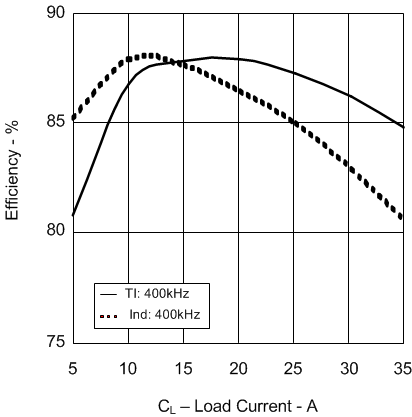 Figure 8-8 Efficiency vs Load Current
Figure 8-8 Efficiency vs Load Current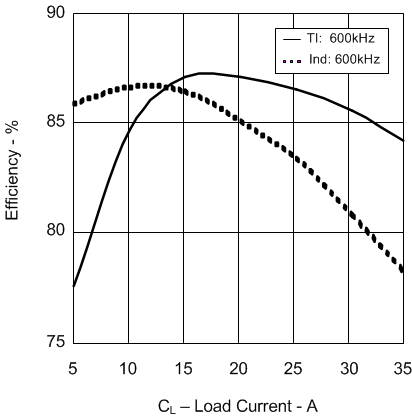 Figure 8-10 Efficiency vs Load Current
Figure 8-10 Efficiency vs Load Current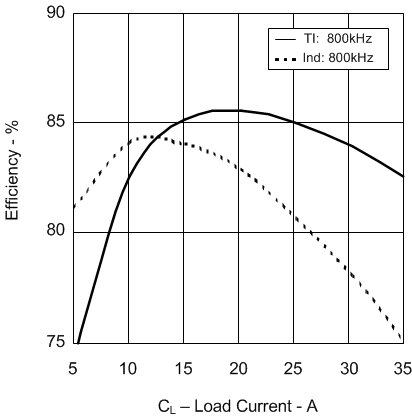 Figure 8-12 Efficiency vs Load Current
Figure 8-12 Efficiency vs Load Current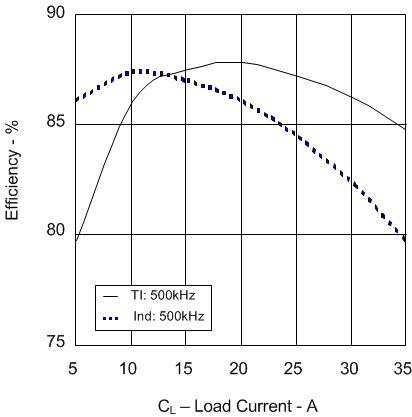 Figure 8-9 Efficiency vs Load Current
Figure 8-9 Efficiency vs Load Current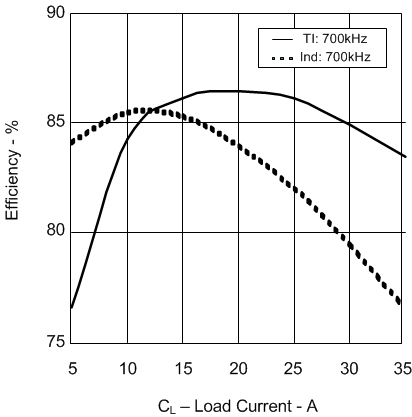 Figure 8-11 Efficiency vs Load Current
Figure 8-11 Efficiency vs Load CurrentWhen using the same power stage in Figure 8-4, the driver with the optimal drive voltage and optimal dead time can boost efficiency up to 5%. The optimal 8-V drive voltage versus 5-V drive contributes 2% to 3% efficiency increase and the remaining 1% to 2% can be attributed to the reduced dead time. The 7-V to 8-V drive voltage is optimal for operation at switching frequency range above 400 kHz and can be illustrated by observing typical RDS(on) curves of modern FETs as a function of their gate drive voltage. This is shown in Figure 8-13.
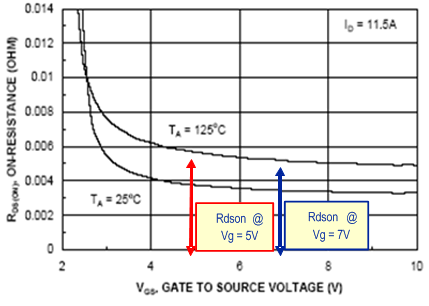
| On-Resistance Variation with Gate-to-Source Voltage |
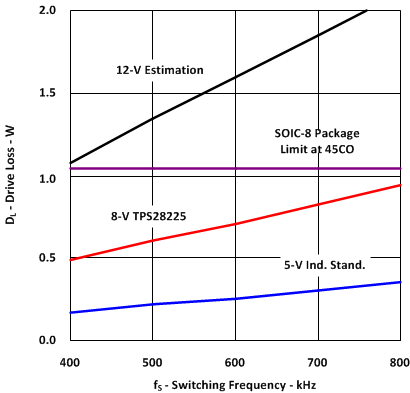 Figure 8-14 Drive Power as Function of VGS and FSW
Figure 8-14 Drive Power as Function of VGS and FSWFigure 8-13 and Figure 8-14 show that the RDS(on) at 5-V drive is substantially larger than at 7 V and above that the RDS(on) curve is almost flat. This means that moving from 5-V drive to an 8-V drive boosts the efficiency because of lower RDS(on) of the MOSFETs at 8 V. Further increase of drive voltage from 8 V to 12 V only slightly decreases the conduction losses but the power dissipated inside the driver increases dramatically (by 125%). The power dissipated by the driver with 5-V, 8-V, and 12-V drive as a function of switching frequency from 400 kHz to 800 kHz. It should be noted that the 12-V driver exceeds the maximum dissipated power allowed for an SOIC-8 package even at 400-kHz switching frequency.